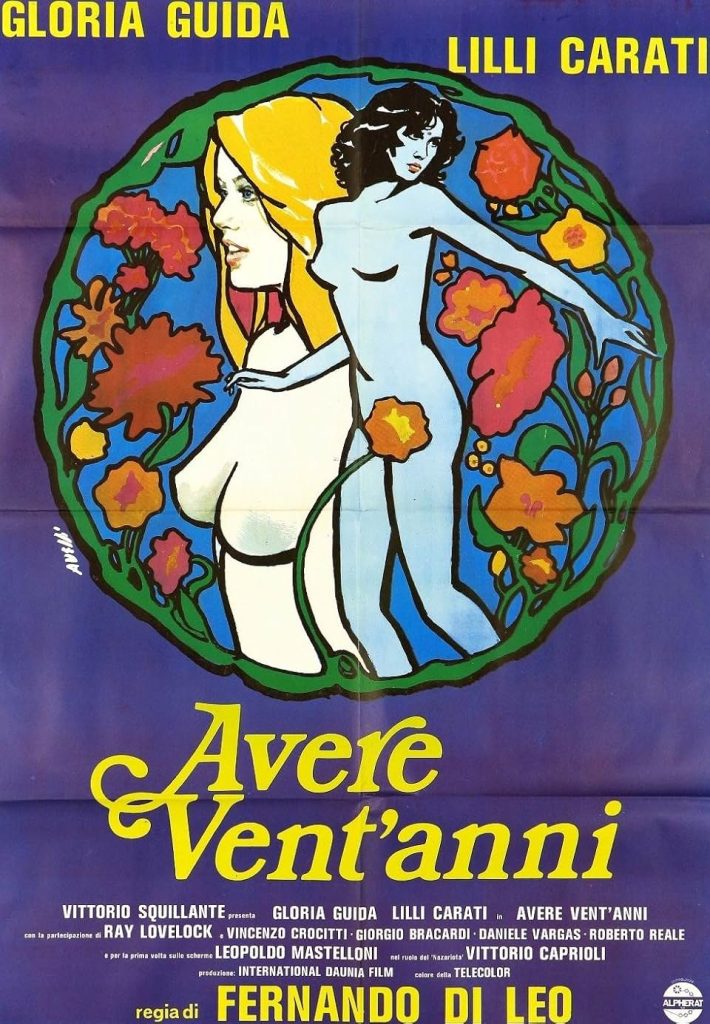To Be Twenty (1978)
Two young women hitchhike to Rome seeking a free commune and sexual freedom, but instead get entangled with prostitution, police, and a dangerous gang.
Lia and Tina are two beautiful girls who meet and realize that they have a lot in common. They are both young, beautiful and pissed off, so they decide to hitchhike their way to Rome to find Nazariota’s commune, a place to stay for free and have all the sex they want… or so they think. Things don’t go as they have planned though, and soon they become involved in prostitution, the police and an aggressive gang.
To Be Twenty (1978)
To Be Twenty (1978)
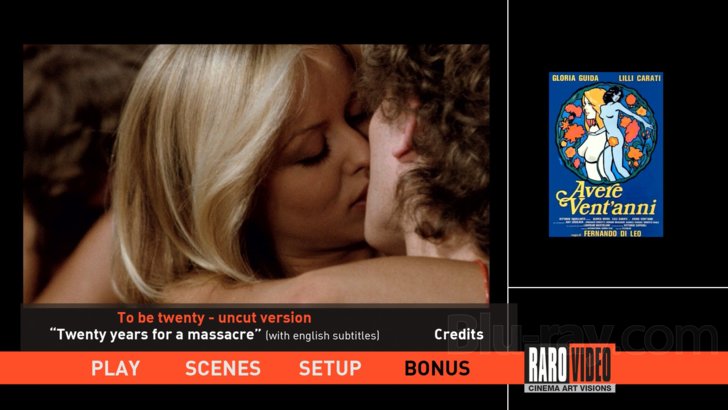
Film Review: To Be Twenty (1978) – A Bold, Brutal Snapshot of Freedom and Disillusionment
Director: Fernando Di Leo
Starring: Gloria Guida, Lilli Carati
Genre: Drama / Exploitation / Erotic
Language: Italian (with English subtitles)
Fernando Di Leo’s To Be Twenty (Avere vent’anni) is a strikingly provocative film that blends sexploitation with sharp sociopolitical commentary. Released in 1978, the movie follows two young women, Lia (Gloria Guida) and Tina (Lilli Carati), who meet by chance and set off on a free-spirited journey to find a utopian commune in Rome. What begins as a celebration of youth, rebellion, and female liberation quickly descends into a grim, unsettling exploration of exploitation, violence, and the harsh realities that often follow idealistic dreams.
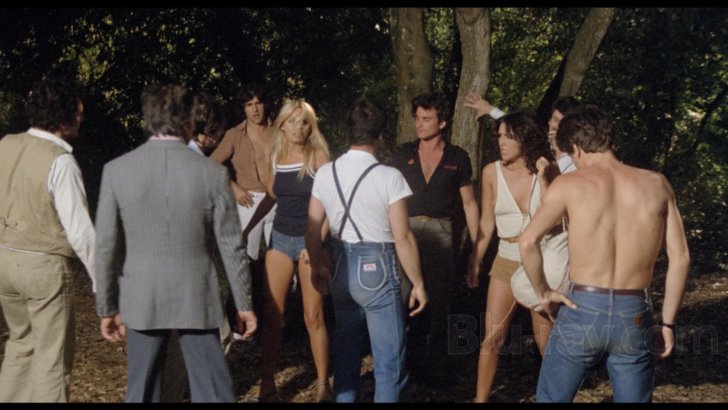
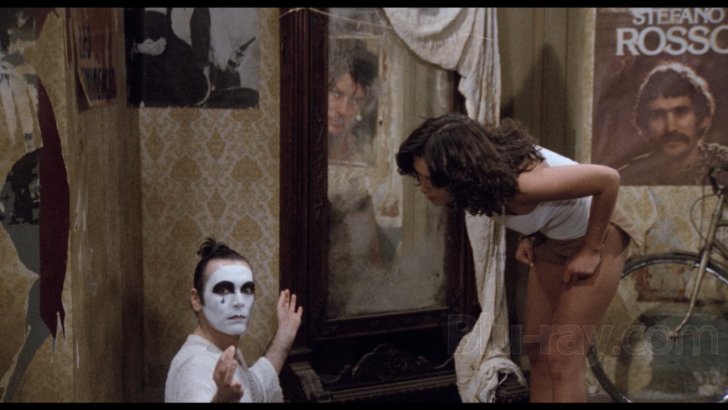
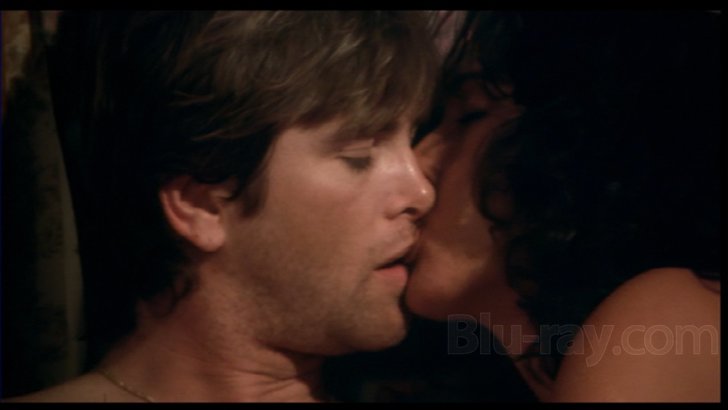
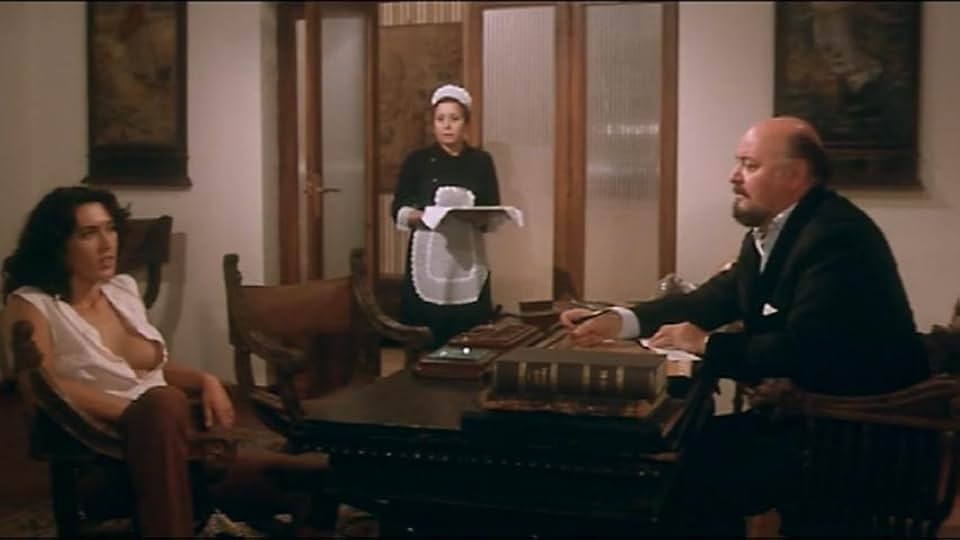
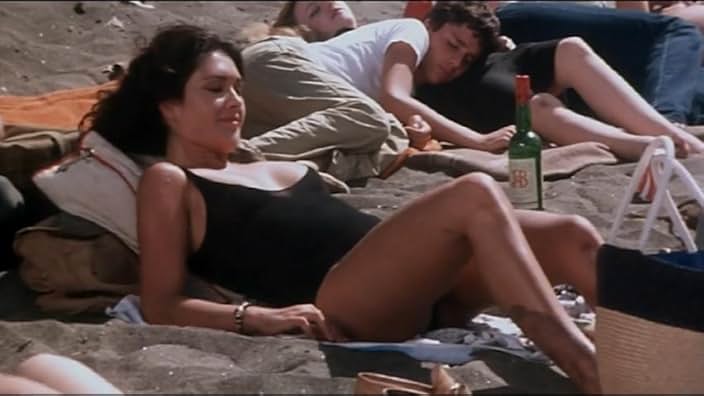
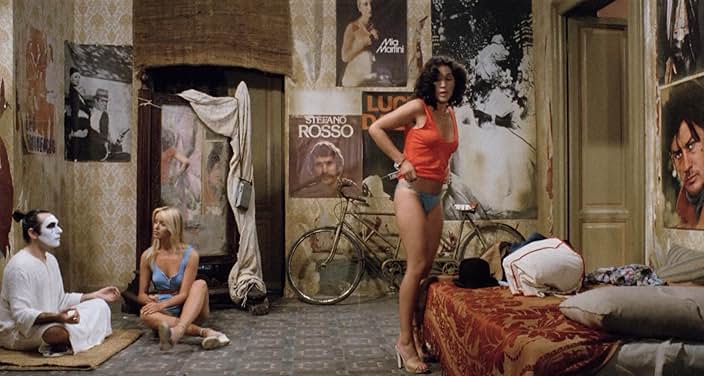
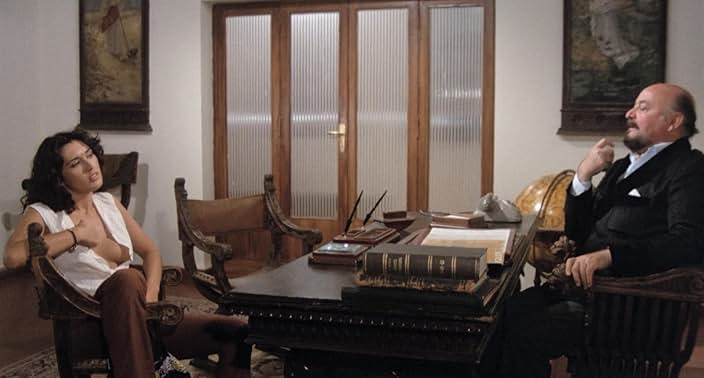

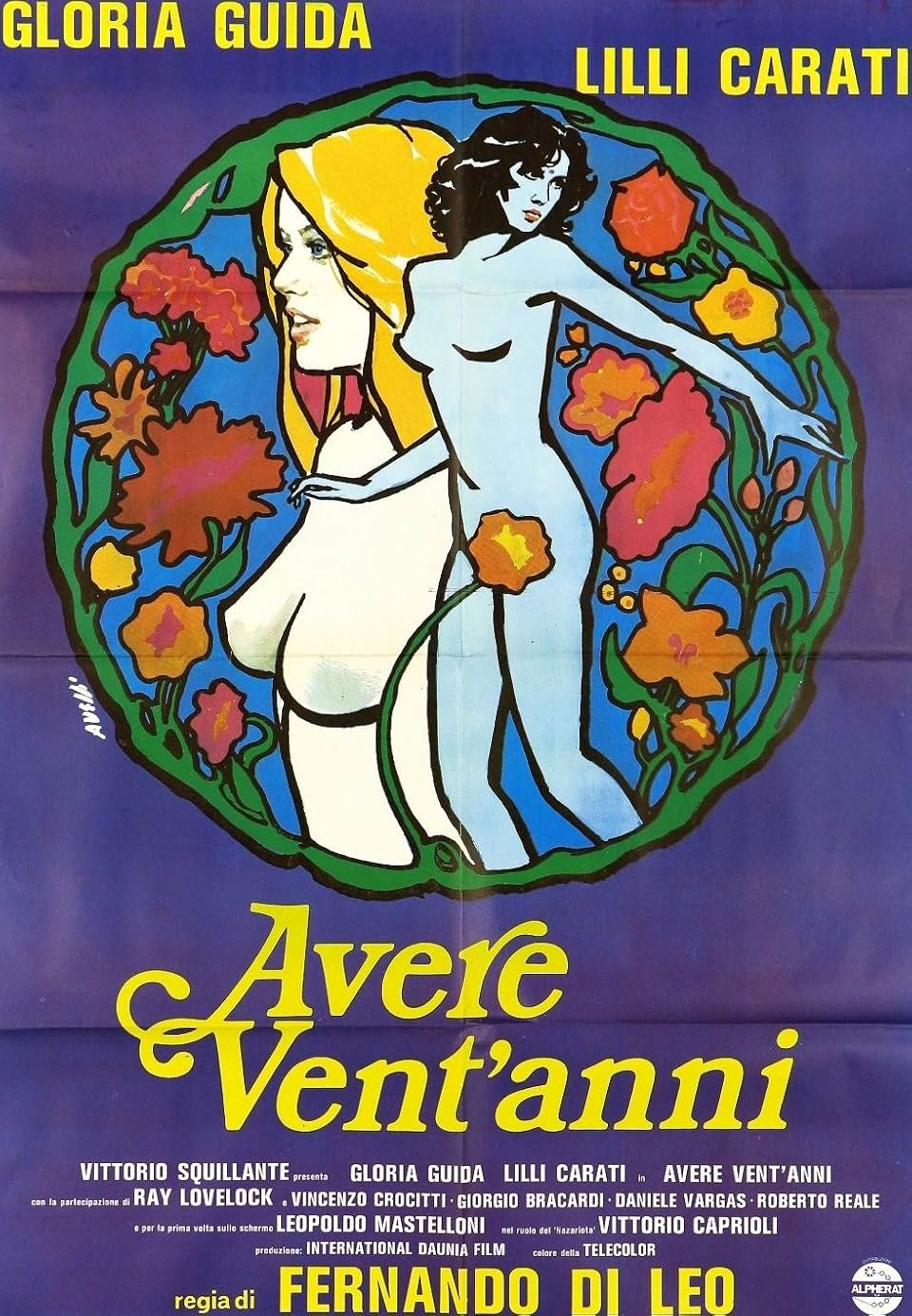
The Allure of Freedom
At first glance, To Be Twenty seems like a freewheeling road movie drenched in the hedonism of the ’70s. Guida and Carati bring charm and chemistry to their roles, portraying two young women determined to live on their own terms. Their banter, spontaneity, and erotic freedom are captured with a vibrancy that feels genuinely ahead of its time.
A Shocking Left Turn
However, Di Leo has something darker in mind. The film slowly peels away its carefree surface to reveal a deeply cynical take on society’s treatment of women, especially those who dare to live independently. By the final act, To Be Twenty becomes almost unwatchably brutal—not in its style, but in its moral and emotional devastation. The abrupt shift from playful eroticism to violent nihilism remains controversial to this day.
Stylistically Bold, Morally Ambiguous
Visually, the film is stylish and evocative, with a pulsing soundtrack that mirrors the chaos of the girls’ experience. Di Leo doesn’t hold back, and his direction is unflinching. Yet, that’s also where the controversy lies: is he critiquing society’s hypocrisy, or is he complicit in exploiting it for shock value? That question haunts To Be Twenty long after the credits roll.
Final Thoughts
To Be Twenty is not for the faint of heart. It’s a jarring, sometimes disturbing film that confronts the illusion of sexual freedom in a patriarchal world. Whether seen as a feminist tragedy or an exploitative cautionary tale, it remains one of the most haunting and divisive films of 1970s Italian cinema.
Rating: 3.5/5
Best For: Fans of European cult cinema, exploitation film enthusiasts, and viewers who appreciate challenging, confrontational narratives.
Avoid If: You’re expecting a light coming-of-age film or are sensitive to themes of violence and exploitation.
